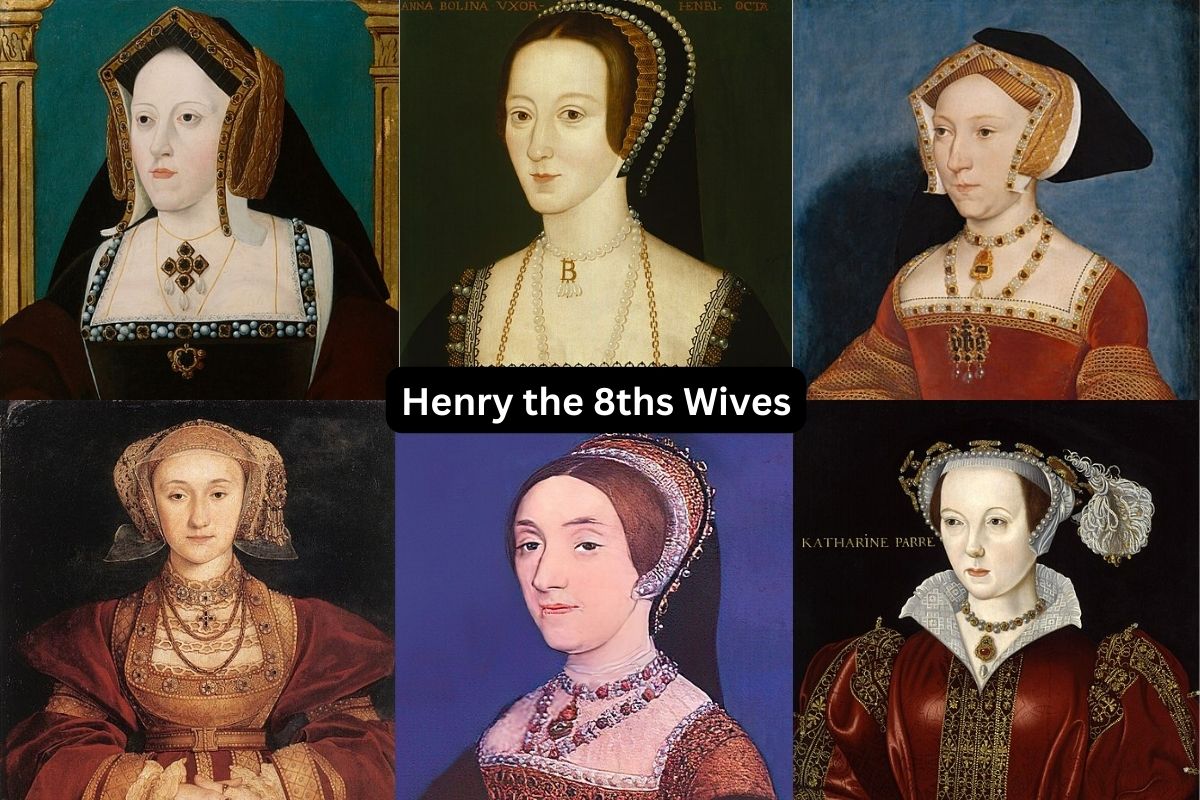In the realm of history, few figures loom as large as King Henry VIII of England. His reign from 1509 to 1547 is synonymous with power, change, and the six women he married. These queens take center stage in tales of love, power, and tragedy.
Travel back with us to explore the lives of these remarkable women who married one of history’s enigmatic rulers. From Catherine of Aragon’s loyalty to Catherine Howard’s tragic fate, each wife played a unique role in shaping Tudor history.
Through their stories, we glimpse into politics, personal ambitions, and religious conflicts of the era.
Step into the opulent Tudor courts where love and politics entwine. Discover how these queens navigated through challenges, securing alliances and struggling to provide male heirs. From passionate romances to heart-wrenching betrayals, Henry VIII’s wives’ tales offer a captivating view into the past.
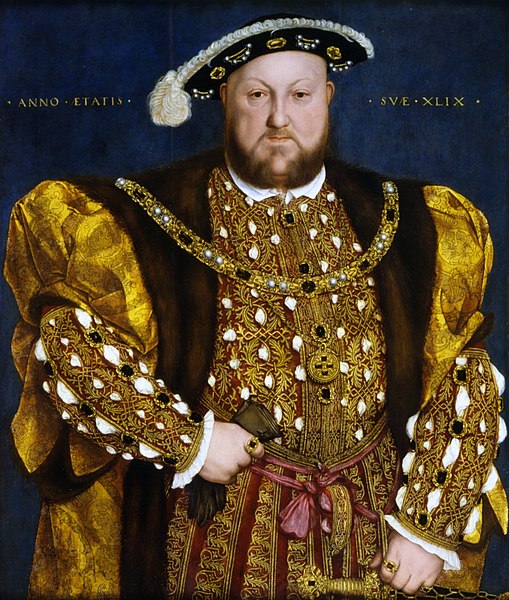
As we delve into each queen’s story, we’ll see their impact on England’s history, from shaping the Church of England to influencing future monarchs. Join us in peeling back history’s layers to reveal the complexities of love, loyalty, and sacrifice that defined these women’s lives.
Through their stories, we gain insight into the human drama that unfolded within palace walls, leaving an indelible mark on history’s pages.
| Wife | Marriage Years | Death Date | Cause of Death or Fate |
|---|---|---|---|
| Catherine of Aragon | 1509-1533 | January 7, 1536 | Likely natural causes, possibly cancer |
| Anne Boleyn | 1533-1536 | May 19, 1536 | Executed, charged with adultery, incest, and treason |
| Jane Seymour | 1536-1537 | October 24, 1537 | Likely postnatal complications or infection |
| Anne of Cleves | 1540-1540 | July 16, 1557 | Lived a relatively long and peaceful life |
| Catherine Howard | 1540-1542 | February 13, 1542 | Executed, charged with adultery and treason |
| Catherine Parr | 1543-1547 | September 5, 1548 | Likely complications from childbirth or illness |
Henry the 8ths Wives in Order and How They Died
1. Catherine of Aragon (Marriage: 1509-1533)
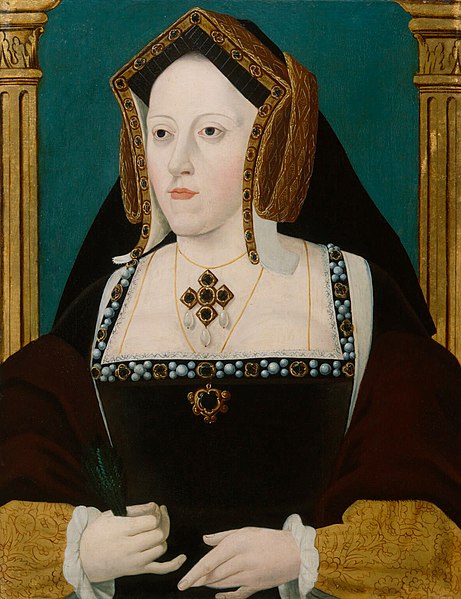
Catherine of Aragon was King Henry VIII’s first wife, and their marriage lasted from 1509 to 1533. Catherine was originally the daughter of King Ferdinand II of Aragon and Queen Isabella I of Castile, making her a Spanish princess.
She married Henry VIII in 1509, and at the time, their union was seen as a political alliance and a means to strengthen ties between England and Spain.
Also Read: Henry VIII Facts
However, the marriage faced significant challenges due to Catherine’s inability to provide a male heir to the throne. Catherine did give birth to a daughter, Mary, but no surviving male heirs. This failure to produce a male heir led to marital discord and political complications.
Henry VIII sought an annulment of his marriage to Catherine, citing religious reasons, particularly his belief that the marriage was cursed because she had been previously married to his older brother, Arthur, who died young.
The annulment request ultimately led to the English Reformation, as it resulted in the Church of England’s separation from the Roman Catholic Church.
Catherine of Aragon’s refusal to accept the annulment and her staunch loyalty to her marriage vows played a significant role in the tumultuous events that followed. Her marriage to Henry VIII was declared null and void in 1533, and she was removed from the position of queen consort.
After the annulment, Catherine lived a relatively isolated life, often in poor health. She resided at various locations, including Kimbolton Castle. She passed away on January 7, 1536.
The exact cause of her death is debated among historians, but it is often attributed to natural causes, possibly cancer. Catherine of Aragon’s steadfastness in upholding her marriage vows and her role in the English Reformation have made her a significant figure in history.
2. Anne Boleyn (Marriage: 1533-1536)
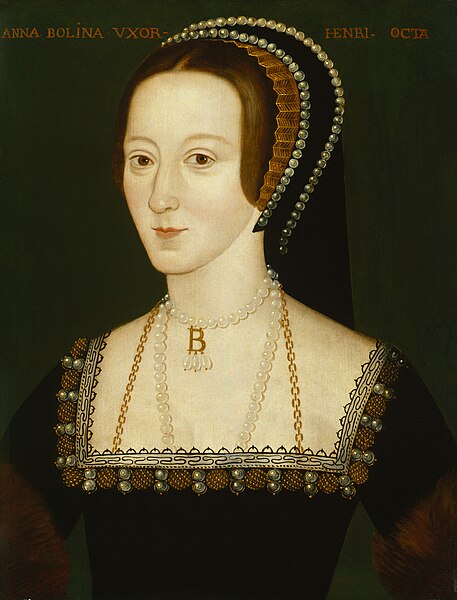
Anne Boleyn was the second wife of King Henry VIII, and their marriage lasted from 1533 to 1536. Here is an overview of her life and her marriage to Henry VIII:
Marriage to Henry VIII (m. 1533-1536): Anne Boleyn, a member of the English nobility, caught the eye of King Henry VIII in the early 1520s. Their relationship led to significant political and religious changes in England.
Also Read: Facts About Catherine Parr
They married secretly in January 1533, and Anne was crowned queen consort in June of the same year after Henry’s marriage to his first wife, Catherine of Aragon, was declared invalid.
Impact on English History: Anne Boleyn’s marriage to Henry VIII had profound consequences. It resulted in the English Reformation, marking England’s break from the Roman Catholic Church and the establishment of the Church of England, with Henry as its supreme head.
Fall from Grace: Despite her initial influence and favor at court, Anne Boleyn’s standing declined after she failed to provide a male heir. The king’s infatuation with another woman, Jane Seymour, and Anne’s miscarriages and stillbirths strained their marriage.
Execution (May 19, 1536): Anne Boleyn’s swift downfall came in May 1536 when she was arrested and charged with adultery, incest, and treason. She faced a highly controversial trial and was found guilty.
Her execution by beheading at the Tower of London on May 19, 1536, remains one of the most famous and tragic events in English history. It marked the end of her tumultuous marriage to King Henry VIII and had far-reaching implications for England’s religious and political landscape.
3. Jane Seymour (Marriage: 1536-1537)
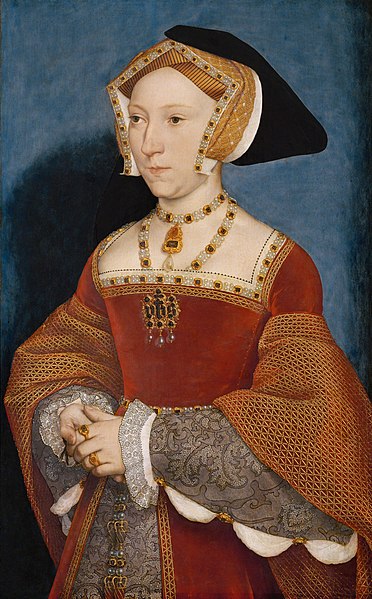
Jane Seymour was the third wife of King Henry VIII, and their marriage took place from 1536 to 1537. Here is an overview of her life and her brief marriage to Henry VIII:
Marriage to Henry VIII (m. 1536-1537): Jane Seymour was a lady-in-waiting to Queen Anne Boleyn when she caught the eye of King Henry VIII. Their relationship began after Anne Boleyn’s fall from grace and subsequent execution. Jane and Henry married in late May or early June 1536, shortly after Anne’s execution.
Impact on English History: Jane Seymour’s marriage to Henry VIII marked a significant turning point. She was the only one of Henry’s wives to provide him with a male heir, the future King Edward VI. This event was of paramount importance to Henry, who had been desperately seeking a male successor to secure his dynasty.
Fall from Grace: Jane Seymour’s time as queen was relatively short, but she managed to maintain the king’s favor by giving birth to a male heir. However, her reign as queen consort was cut short by her untimely death.
Death (October 24, 1537): Tragically, Jane Seymour died on October 24, 1537, just days after giving birth to her son, Edward VI. Her cause of death was likely due to postnatal complications or infection. Jane’s death was met with sadness and mourning, and she is remembered as the only one of Henry VIII’s wives to provide him with a much-desired male heir.
Despite her short time as queen, Jane Seymour’s legacy endured through her son, Edward VI, who would later become the king of England, and through her role in Henry VIII’s marital history, which had a profound impact on the English Reformation and the religious landscape of England.
4. Anne of Cleves (Marriage: 1540-1540)
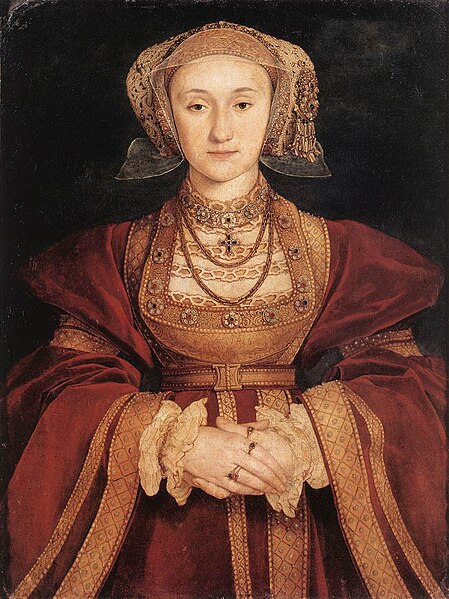
Anne of Cleves was the fourth wife of King Henry VIII, and their marriage lasted only briefly in 1540. Here’s an overview of her life and her marriage to Henry VIII:
Marriage to Henry VIII (m. 1540-1540): Anne of Cleves was a German noblewoman from the Duchy of Cleves in present-day Germany. In an attempt to secure a political alliance with the Duchy of Cleves and the Protestant princes of the Holy Roman Empire, Henry VIII’s advisors arranged his marriage to Anne. The marriage took place in January 1540.
Impact on English History: Anne of Cleves’ marriage to Henry VIII had important political implications, as it was intended to strengthen England’s ties with the Protestant states of Germany during a period when religious tensions were high in Europe.
Annulment (July 1540): Henry VIII was reportedly displeased with Anne’s appearance and personality, finding her less attractive than he had anticipated. He sought to annul the marriage on the grounds of non-consummation and incompatibility. Anne agreed to the annulment, and it was granted in July 1540, just six months after their marriage.
Post-Annulment Life: Unlike Henry’s previous wives, Anne of Cleves was granted a generous settlement as part of the annulment, including various estates and a substantial income.
She maintained a relatively amicable relationship with Henry and his subsequent wives, often being referred to as the “King’s Beloved Sister.” Anne lived in England for the rest of her life, and she outlived Henry and all of his other wives.
Death (July 1557): Anne of Cleves passed away on July 16, 1557, at the age of 41. Her death was due to natural causes, and she is remembered for her relatively peaceful and comfortable life post-annulment, which stood in contrast to the fates of some of Henry VIII’s other wives.
5. Catherine Howard (Marriage: 1540-1542)
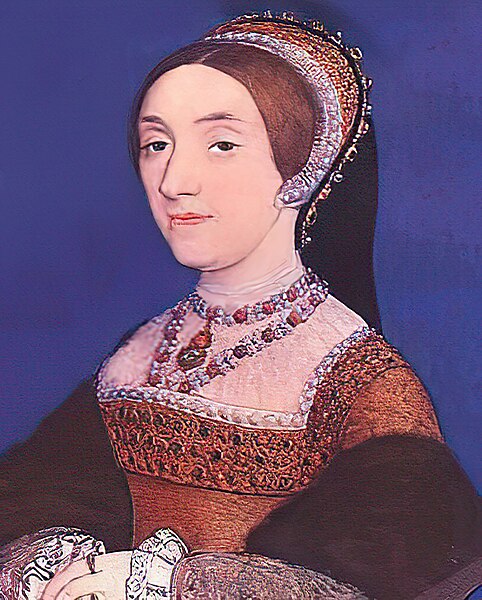
Catherine Howard was King Henry VIII’s fifth wife, and their marriage lasted from 1540 to 1542. Here is an overview of her life and her marriage to Henry VIII:
Marriage to Henry VIII (m. 1540-1542): Catherine Howard was a cousin to Anne Boleyn, Henry VIII’s second wife. Her marriage to the king came about relatively quickly after his annulment from Anne of Cleves. Catherine and Henry were married on July 28, 1540.
Impact on English History: Catherine Howard’s marriage to Henry VIII did not have the profound impact on English history that some of his earlier marriages did. By this point, England had already broken from the Roman Catholic Church, and the religious landscape had been significantly altered.
Fall from Grace: Catherine Howard’s marriage to the aging King Henry was short-lived. Unlike Anne of Cleves, she was not granted a generous settlement upon their separation. Instead, Catherine’s downfall came due to her involvement in a series of affairs while she was married to the king. Her behavior and alleged infidelity were discovered by royal officials.
Execution (February 13, 1542): Catherine Howard was arrested and charged with adultery and treason. She faced a trial and was found guilty. On February 13, 1542, Catherine Howard was executed by beheading at the Tower of London, marking a tragic end to her life at a young age.
Catherine Howard’s brief and troubled marriage to Henry VIII is remembered for her youthful age, her alleged affairs, and her tragic execution. Her story serves as a reminder of the tumultuous and often perilous lives led by some of Henry’s wives during this turbulent period in English history.
6. Catherine Parr (Marriage: 1543-1547)

Catherine Parr was the sixth and final wife of King Henry VIII, and their marriage lasted from 1543 to 1547. Here’s an overview of her life and her marriage to Henry VIII:
Marriage to Henry VIII (m. 1543-1547): Catherine Parr was a widow twice before she married King Henry VIII. Her previous marriages had left her a wealthy and well-connected woman. Catherine and Henry were married on July 12, 1543.
Impact on English History: Catherine Parr’s marriage to Henry VIII occurred in the later years of his life. By this time, the English Reformation was well underway, and England had officially broken from the Roman Catholic Church. Her role in shaping religious policy was less significant than some of Henry’s earlier wives.
Catherine’s Religious Views: Catherine Parr was known for her interest in religious reform and her support for the Protestant cause. She played a role in the education of Henry’s children, including the future Queen Elizabeth I, and promoted the study of literature and theology.
Widowhood (1547-1548): After King Henry VIII’s death in 1547, Catherine Parr married again. Her fourth marriage was to Thomas Seymour, the younger brother of Henry’s third wife, Jane Seymour. She became pregnant, but her health declined, and she died on September 5, 1548.
Legacy: Catherine Parr is remembered as the only one of Henry VIII’s wives to outlive him. Her legacy lies not only in her marriages but also in her contribution to education and her support for religious reform. She is often seen as a figure who helped to bridge the transition from the religious turmoil of Henry’s reign to the stability of the Elizabethan Religious Settlement under Queen Elizabeth I, Henry’s daughter with Anne Boleyn.
